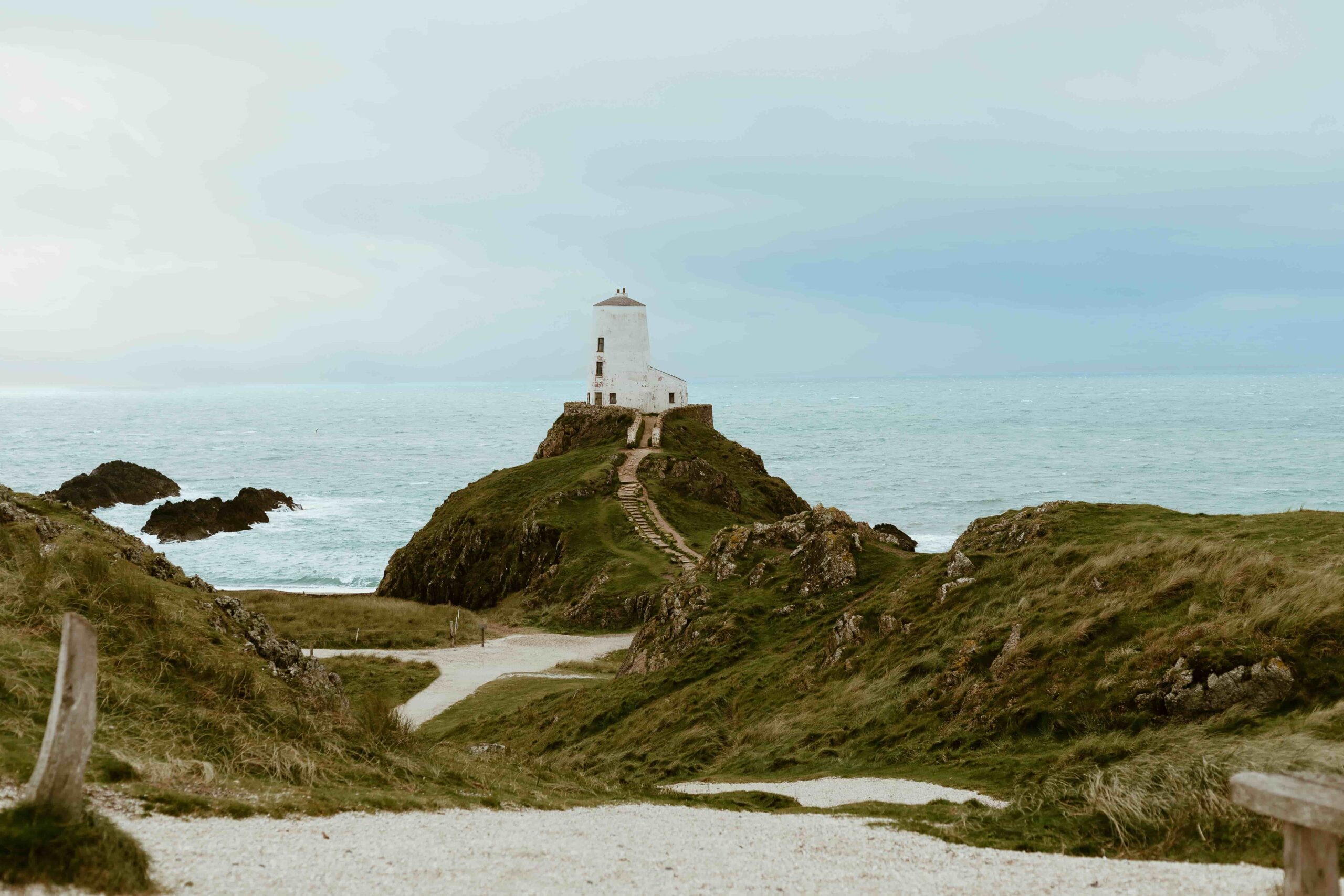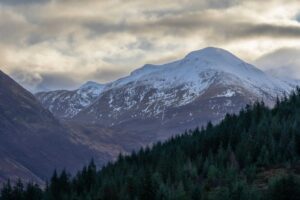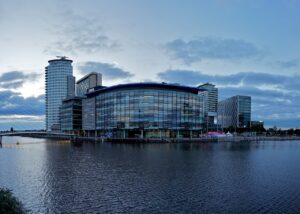Nestled off the northwest coast of Wales, the Isle of Anglesey beckons adventurers with its rugged coastline, pristine beaches, and abundant natural bounty. Foraging along the coast of Anglesey offers a unique opportunity to connect with nature, discover wild edible plants, shellfish, and seaweeds, and enjoy a feast of foraged ingredients straight from the land and sea.
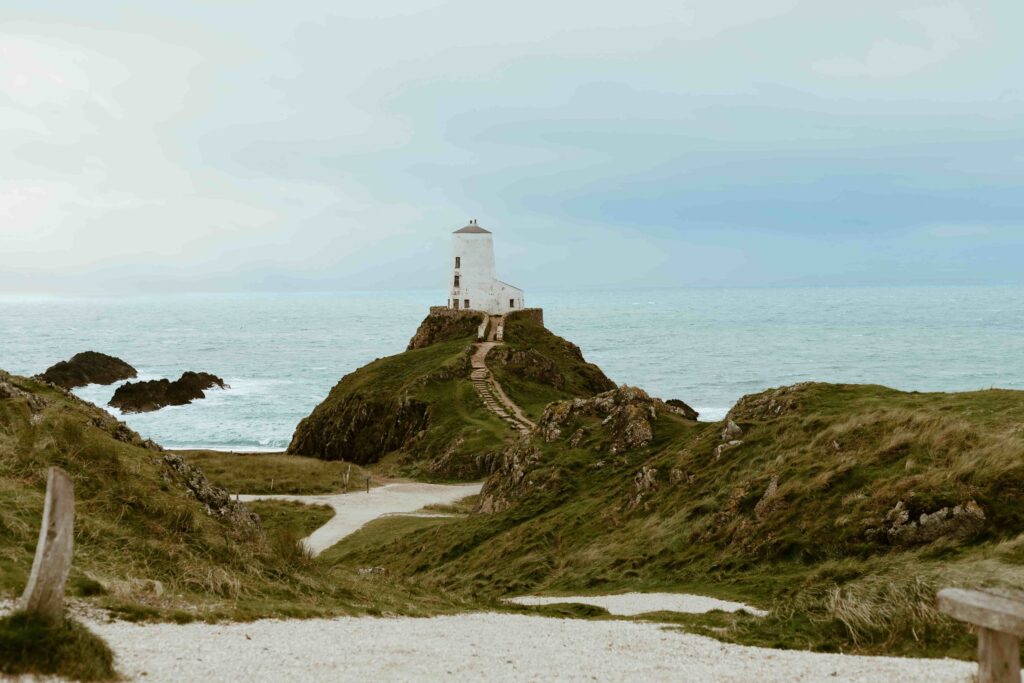
Led by local guides who possess intimate knowledge of the area’s flora and fauna, a coastal foraging experience on Anglesey promises to awaken the senses, ignite the spirit of exploration, and leave participants with a newfound appreciation for the wonders of the natural world. In this article, we’ll embark on a virtual coastal foraging adventure on the Isle of Anglesey, exploring its diverse ecosystems, foraged delicacies, and culinary delights that await along its shores.
Section 1: Coastal Foraging on Anglesey: An Introduction
1.1. Diverse Ecosystems:
Anglesey’s coastline is home to a rich diversity of ecosystems, ranging from sandy beaches and rocky shores to salt marshes and estuarine habitats. Each habitat supports a unique array of plant and animal species, many of which are edible and can be harvested sustainably for food. From samphire and sea kale to cockles and mussels, Anglesey’s coastal foraging grounds are a treasure trove of wild ingredients waiting to be discovered and enjoyed.
1.2. Local Guides:
Guided coastal foraging experiences on Anglesey are led by knowledgeable locals who possess a deep understanding of the island’s natural environment and its culinary treasures. These guides are often experienced foragers, chefs, or naturalists who are passionate about sharing their expertise and connecting others with the land and sea. By joining a guided foraging tour, participants not only learn how to identify and harvest wild edibles safely and responsibly but also gain insight into the cultural, historical, and ecological significance of foraging in the region.
Section 2: Exploring Anglesey’s Coastal Pantry
2.1. Wild Edible Plants:
Anglesey’s coastline is teeming with a variety of wild edible plants that thrive in its salty, windswept environment. Participants on a coastal foraging expedition may have the opportunity to gather sea beet, rock samphire, sea spinach, and other coastal greens, which can be used to add flavor and nutrition to a range of dishes. These nutrient-rich plants are not only delicious but also packed with vitamins, minerals, and antioxidants, making them a valuable addition to any foraged feast.
2.2. Shellfish:
The rocky shores and tidal pools of Anglesey provide habitat for a diverse array of shellfish, including cockles, mussels, winkles, and limpets. These tasty mollusks are a sustainable and abundant source of protein and can be harvested ethically with proper knowledge and care. Participants on a coastal foraging excursion may have the opportunity to gather shellfish using traditional methods such as handpicking or raking, then enjoy them fresh or incorporate them into delicious seafood dishes.
2.3. Seaweeds:
Seaweeds are another nutritious and versatile ingredient that can be found along Anglesey’s coastline. Rich in vitamins, minerals, and umami flavor, seaweeds such as dulse, kelp, and sea lettuce can be harvested sustainably and used in a variety of culinary applications, from soups and salads to sushi and seasoning. Participants on a coastal foraging adventure may learn how to identify, harvest, and prepare seaweeds safely, then enjoy the unique flavors and textures they bring to their foraged feast.
Section 3: Tips for a Successful Coastal Foraging Experience
3.1. Safety First:
When foraging along the coastline, it’s essential to prioritize safety and be aware of potential hazards such as slippery rocks, strong currents, and changing tides. Always wear appropriate footwear with good grip, carry a tide chart, and familiarize yourself with local tide times and conditions before venturing out. Be mindful of your surroundings and exercise caution when harvesting shellfish or climbing on rocks to avoid accidents or injury.
3.2. Respect the Environment:
Responsible foraging is key to ensuring the long-term health and sustainability of Anglesey’s coastal ecosystems. Only harvest what you need and leave plenty behind for wildlife and future foragers. Avoid damaging sensitive habitats such as sand dunes and salt marshes, and never pick rare or protected species. Follow the principles of “leave no trace” by taking your rubbish with you and minimizing your impact on the environment.
Conclusion:
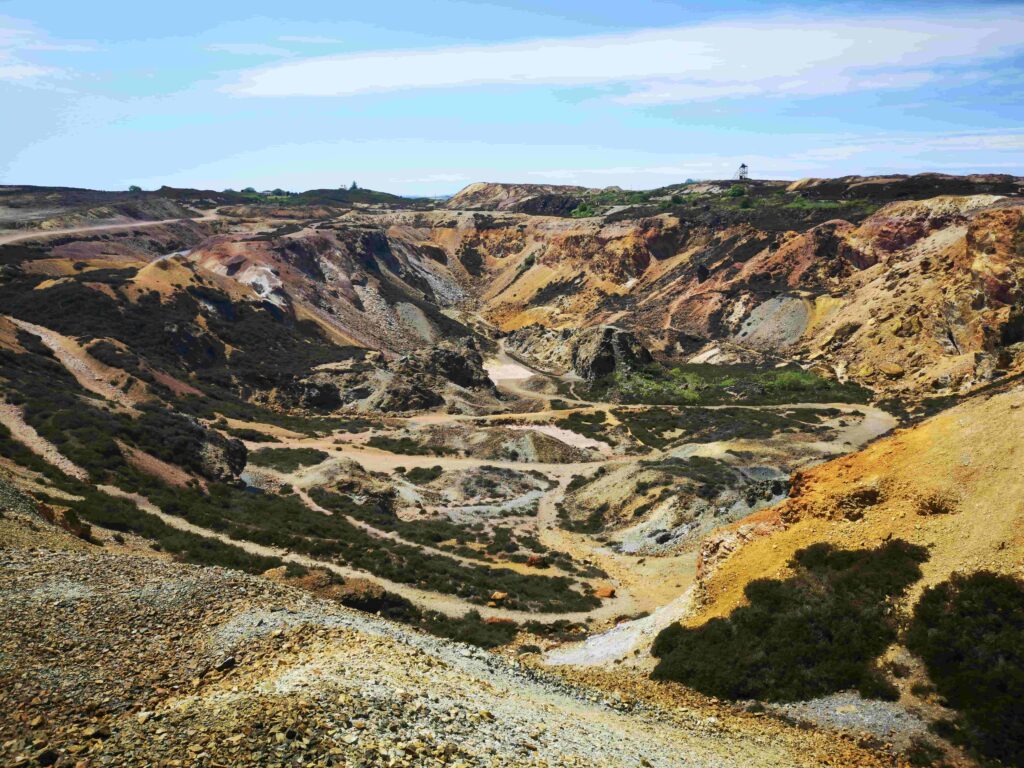
A coastal foraging experience on the Isle of Anglesey offers a unique opportunity to connect with nature, discover wild edible treasures, and enjoy a feast of foraged ingredients harvested straight from the land and sea. Led by knowledgeable local guides, participants can explore Anglesey’s diverse coastal ecosystems, gather a variety of wild plants, shellfish, and seaweeds, and learn how to incorporate them into delicious and nutritious meals. Whether strolling along sandy beaches, exploring rocky shores, or wading through tidal pools, the experience of coastal foraging on Anglesey is sure to inspire a deeper appreciation for the natural world and leave participants with memories to savor long after the tide has ebbed away.

